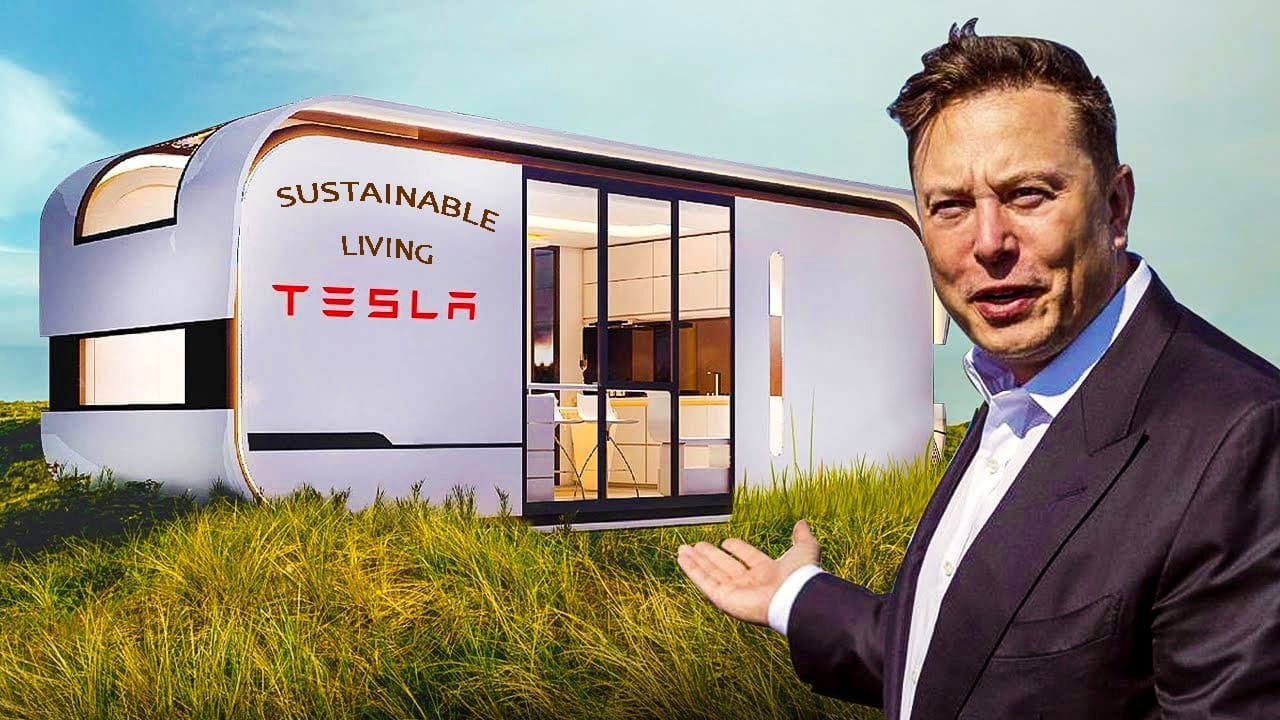Countdown to Sunset for the International Space Station
The International Space Station (ISS), the costliest man made machine built ever, and a symbol of global excellence, is circumnavigating over the Earth majestically, since November 2000. However, news of its decommissioning have started to spread, raising concerns about its future and possible heirs to its vital role.
Is the ISS Actually Going to Close down?
The International Space Station will not be “switched off” just like a lightbulb, but its days are limited. NASA has pledged to keep the station in operation until at least 2030, though there’s a chance that timeline might be extended based on a number of variables. But with space exploration constantly changing and the station’s equipment getting older, an ultimate retirement plan is inevitable.
Private companies have time until February this year to submit NASA their ideas to develop a spacecraft that will one day connect with the space station and crash it safely into an ocean. The vehicle will be launched upon the space station’s eventual retirement not before 2030.
Motivating Factors for the Take-down
The scheduled decommissioning of the ISS is influenced by several factors such as :
Hardware Ageing: The station’s modules have withstood the hostile atmosphere of space after being launched in stages over decades. Even with careful upkeep, their life expectancy is getting closer to zero.
Cost and Maintenance: It takes regular maintenance and improvements to keep the International Space Station (ISS) operational. As more modern and effective space infrastructure becomes available, the cost-benefit analysis may start to point more towards retirement.
Tensions in geopolitics: The current political atmosphere has strained international cooperation, which is concerning for the International Space Station (ISS) as it primarily depends on cooperation between several space organizations.
What will the International Space Station become after 2031?
There is still disagreement over the ISS’s precise destiny. Among the options are:
Managed Deorbit: The spacecraft might be purposefully maneuvered into a managed descent, ultimately igniting in the atmosphere above an isolated ocean.
Partial Deorbit: Some modules may be deorbited while others are kept in service for particular types of study.
Mothballing: The station might be kept in its present orbit and might later be reactivated if it is thought to be required.
The intricacy of the mission cannot be emphasized: the selected spacecraft has to perform a thrusting maneuver to steer the International Space Station (ISS) onto a re-entry course across uninhabited waters. NASA predicts that upon re-entry, most of the ISS’s components would burn up and any that survive will fall harmlessly to the ocean floor. Proposals of the tender must be submitted by February 12th, and NASA anticipates issuing a contract by June this year.
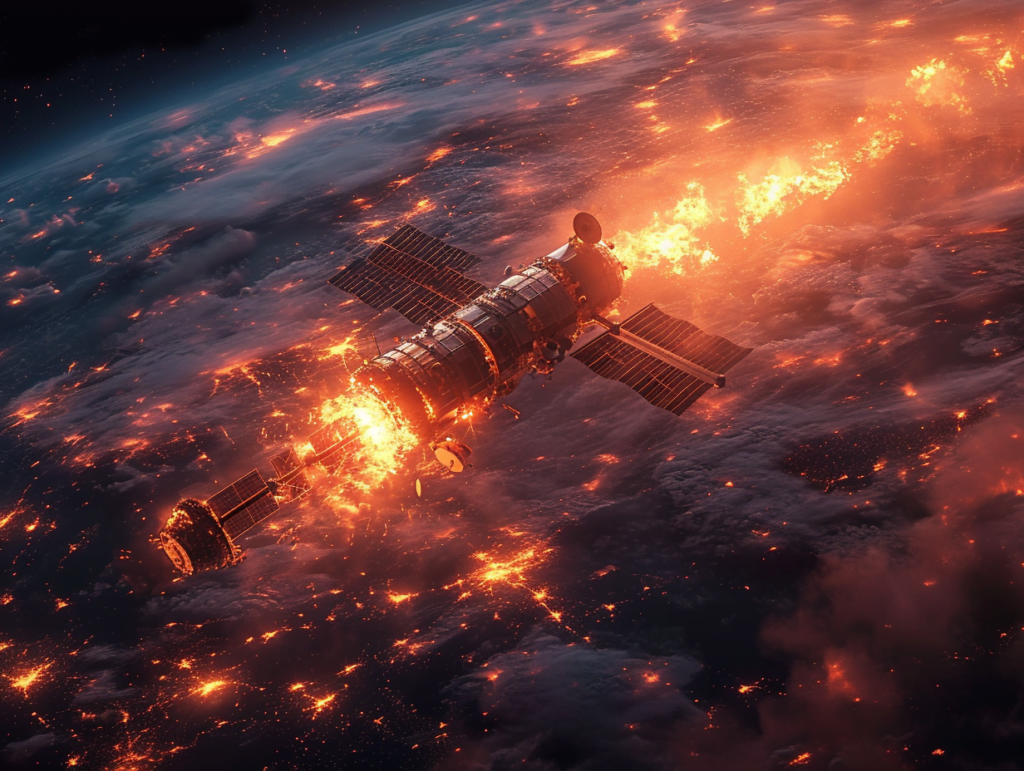
Who Is Going to Hold the Torch?
The research for blue planet monitoring, heavenly bodies and extraterrestrial life goes on even as the International Space Station’s life draws to a close. There are several candidates competing to succeed it:
Commercial Space Stations: Organizations like Blue Origin and Nanoracks are building private space stations with the intention of providing options for tourists and research.
National Space Stations: Russia is planning to build a space station that it may call ROSS, while China is busy building the Tiangong Space Station.
Lunar Outposts: Eventually, the requirement for a low-Earth orbit station may be superseded by long-term ambitions to create a permanent lunar base.
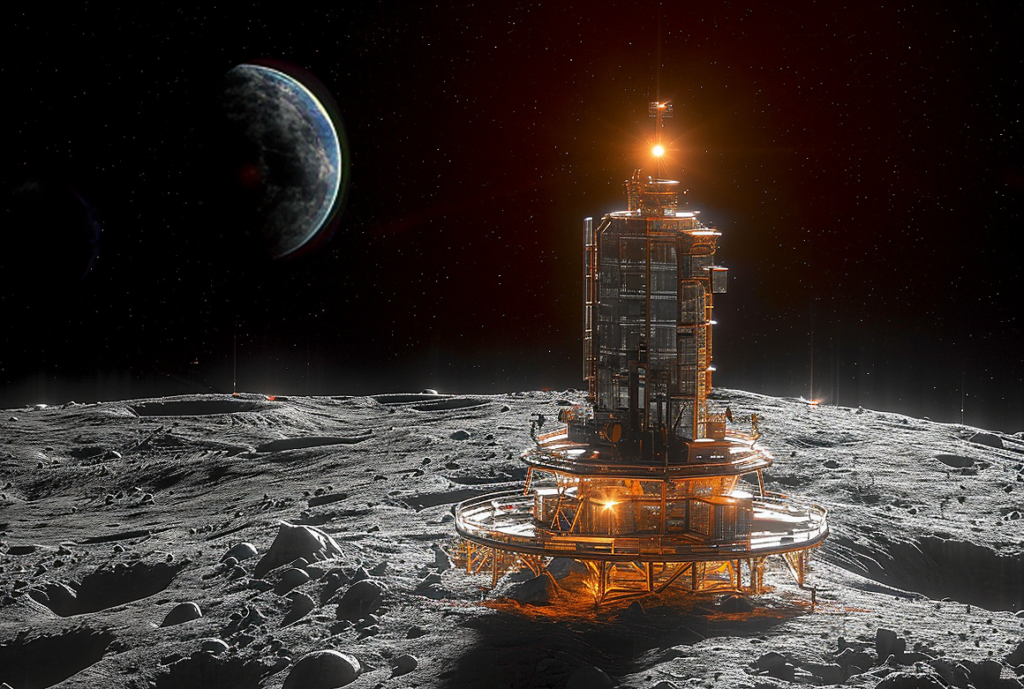
Space Exploration’s Future: A Mosaic, Not a Monolith
One ISS replacement is not likely to characterize space exploration in the future. Rather, we can anticipate a heterogeneous array of choices, with various stations serving certain purposes and scientific objectives. This might involve a combination of privately and publicly sponsored projects, which could boost accessibility and creativity.
Examples of Potential Successors: A Glimpse into the Future of Space Habitats
As in future eventually the ISS gracefully phases out, partially or completely, a new constellation of space habitats are poised to take the responsibility. Some of the possible frontrunners in future space station race are:
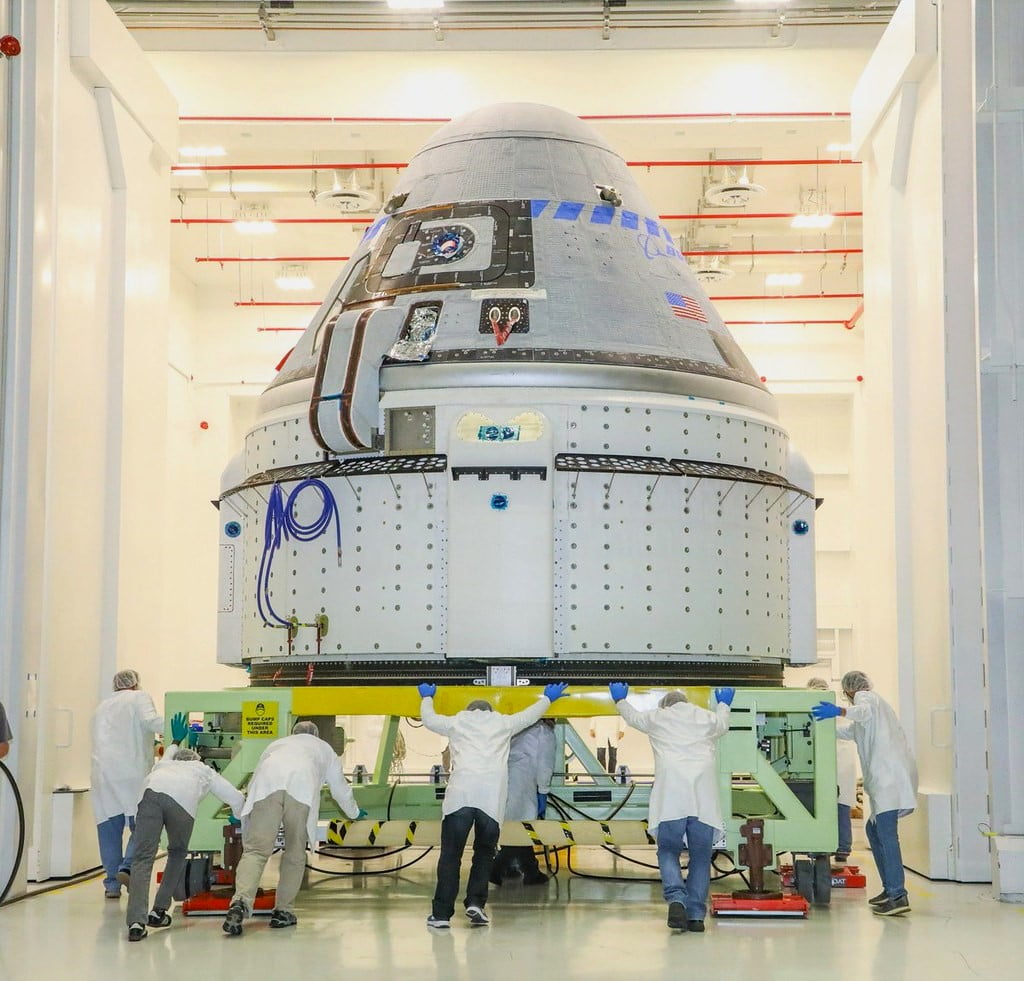
1. Starliner Soars: Boeing’s sleek Starliner spacecraft, resembling a futuristic spaceplane, is emerging as a key player in ferrying astronauts to and from commercial space stations. Imagine it gracefully docking with Axiom Station, its metallic hull gleaming against the backdrop of Earth’s vibrant blue.
2. Axiom Assembles: This ambitious company is building modules that can attach to the ISS, eventually detaching to form their own independent space station. Picture a modular space habitat, resembling a cosmic Lego set, gradually expanding and evolving in orbit.
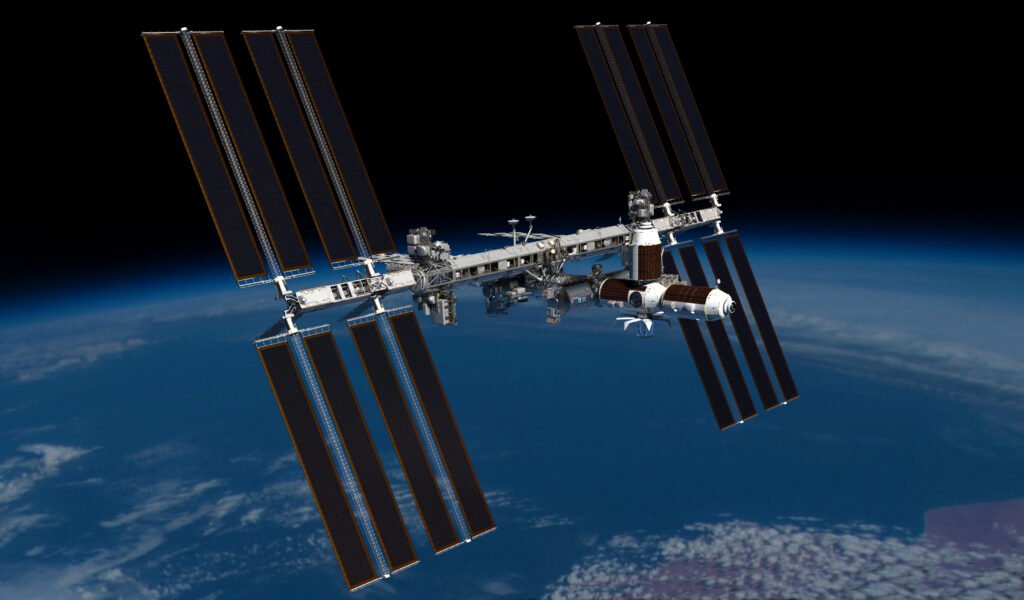
3. Gateway to the Moon: NASA’s planned lunar orbiting outpost, aptly named Gateway, will serve as a critical stepping stone for missions to the Moon and beyond. Imagine astronauts living and working in this donut-shaped outpost, gazing back at Earth while preparing for their lunar adventures.
4. Dragon’s Den in Space: SpaceX, the powerhouse of private spaceflight, is rumored to be developing its own space station. Picture a fleet of sleek Dragon capsules shuttling between Earth and this futuristic outpost, bustling with scientific research and commercial ventures.
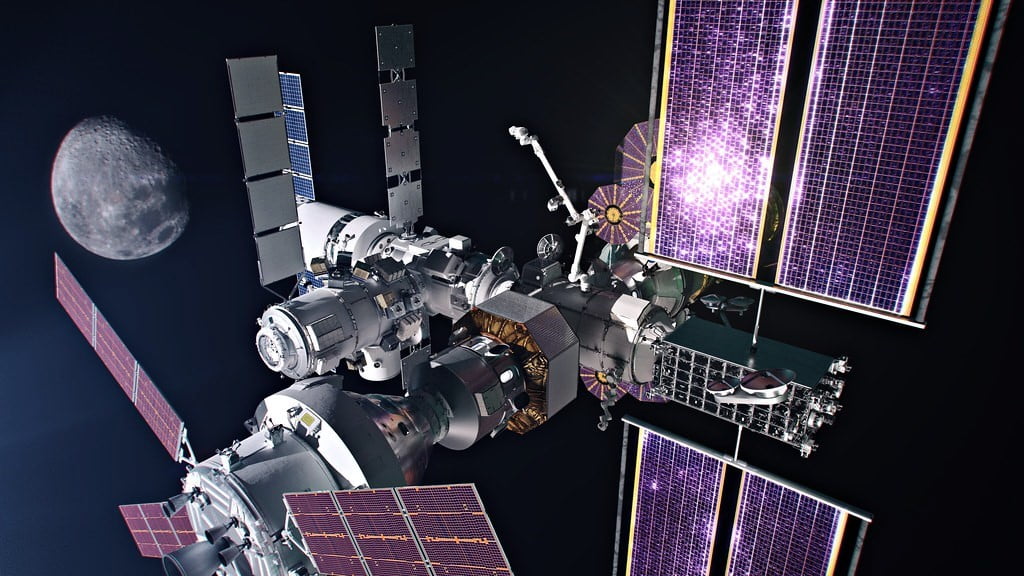
Mosaic of Possibilities: Beyond these prominent players, a diverse of space habitats are being contrived. National space agencies like China and Russia are constructing their own stations, while smaller companies are developing inflatable modules and even lunar settlements. The future of space exploration will no longer be a singular destination, but a vibrant network of interconnected outposts, each with its unique purpose and contribution. Its just a matter of time and declaration of the final countdown.
A major milestone in space exploration has been reached with the ISS’s decommissioning. It’s nostalgic, but it also presents an exciting opportunity for the next phase. The fire of human curiosity and inventiveness is burning hotter than ever as we travel towards a future with a variety of space stations, lunar outposts, and possibly even communities on Mars.
The history of the International Space Station is far from over. It still stands as a tribute to global cooperation and scientific accomplishment even as its sunset draws near. Space exploration’s future is a mosaic, with many participants adding their own special parts to the overall picture. Future generations will be inspired by the ISS’s legacy as we adopt the unknown and explore further into space.
NOTE: There’s a new MOVIE called I.S.S., based on the concept of rising geopolitical turmoil, directed by Gabriela Cowperthwaite, delving into the fate of American and Russian astronauts aboard the international space station, when hostilities between their nations back home drive them to war. Watch the trailer of it in YouTube :




